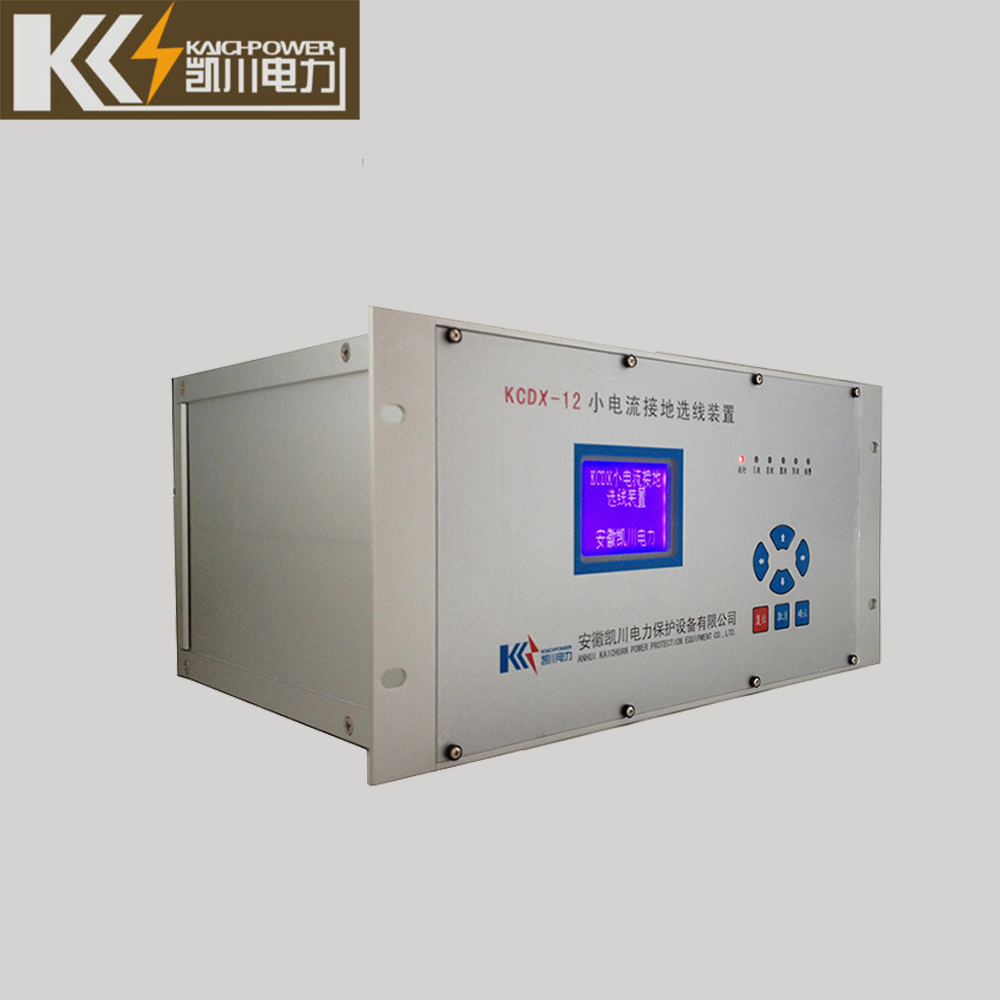Introduction:
In the intricate world of electrical systems, the term “switchgear” may not be a familiar one. However, it plays a crucial role in ensuring the safe and efficient operation of power systems. Switchgear is a combination of switches, fuses, and other protective devices that control and protect electrical circuits. In this article, we delve into the intricacies of switchgear, its types, functions, and importance in modern electrical systems.

Types of Switchgear:
Switchgear can be classified based on its application and design. Some common types include:
- Draw-out Switchgear: This type of switchgear consists of removable assemblies that can be drawn out of the cabinet for inspection or maintenance without disconnecting the power.
- Fixed Switchgear: In this type, the switching and protective devices are permanently installed in the cabinet, making it less accessible for inspection or replacement.
- Metal-Enclosed Switchgear: This type features a metal enclosure that provides enhanced protection against external hazards and improves the durability of the equipment.
Functions of Switchgear:
The primary functions of switchgear include:
- Circuit Protection: Switchgear includes fuses or circuit breakers that automatically interrupt power to a circuit in case of overcurrent or short circuit, preventing damage to equipment or structures.
- Power Control: The switches in switchgear allow operators to turn equipment on and off, disconnect power during maintenance, or perform other power control operations.
- Fault Detection: Switchgear often includes meters and indicators that monitor voltage, current, and other electrical parameters, helping to detect faults or abnormalities in the system.
- Safety: The equipment is designed to withstand high voltages and currents, providing a safe environment for operators and reducing the risk of electrical accidents.
Importance of Switchgear:
The importance of switchgear in modern electrical systems cannot be overstated. It ensures the reliable, safe, and efficient distribution of power in commercial, industrial, and residential settings. Here are some specific reasons why switchgear is essential:
- Fault Isolation: Switchgear allows for quick isolation of faults in the system, preventing larger scale outages or damage to equipment. Circuit breakers can trip in case of a fault, automatically disconnecting power to the affected circuit.
- Safety: The robust design and construction of switchgear provide operators with a safe environment when working on or near live electrical circuits. The enclosed nature of some switchgear also helps prevent accidental contact with live parts, reducing the risk of electrical shocks.
- Load Management: Switchgear allows operators to control the flow of power to different parts of the system, enabling load management and optimization. This is particularly important in high-capacity systems where managing power distribution efficiently can significantly impact energy costs and system reliability.
- Monitoring and Control: Modern switchgear often includes meters, indicators, and other monitoring equipment that provide real-time data on system performance. This information helps operators identify potential issues, perform preventative maintenance, and take corrective action promptly when necessary.
In conclusion, switchgear is a crucial component of any electrical system, playing a pivotal role in ensuring system reliability, safety, and efficiency. Understanding its types, functions, and importance is essential for anyone working in the field of electrical engineering or involved in power system design and operation.
